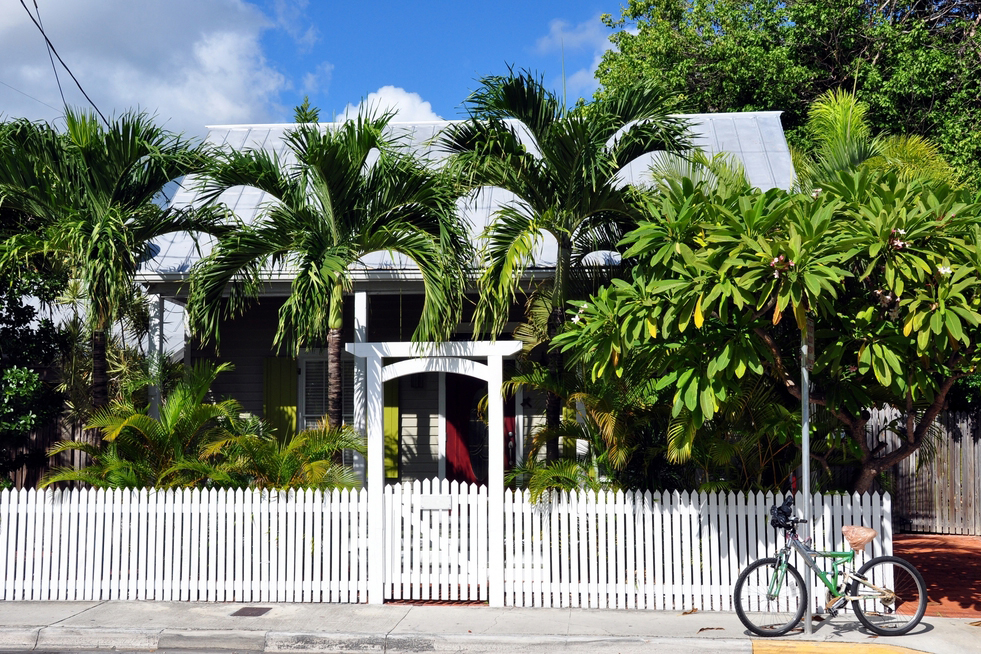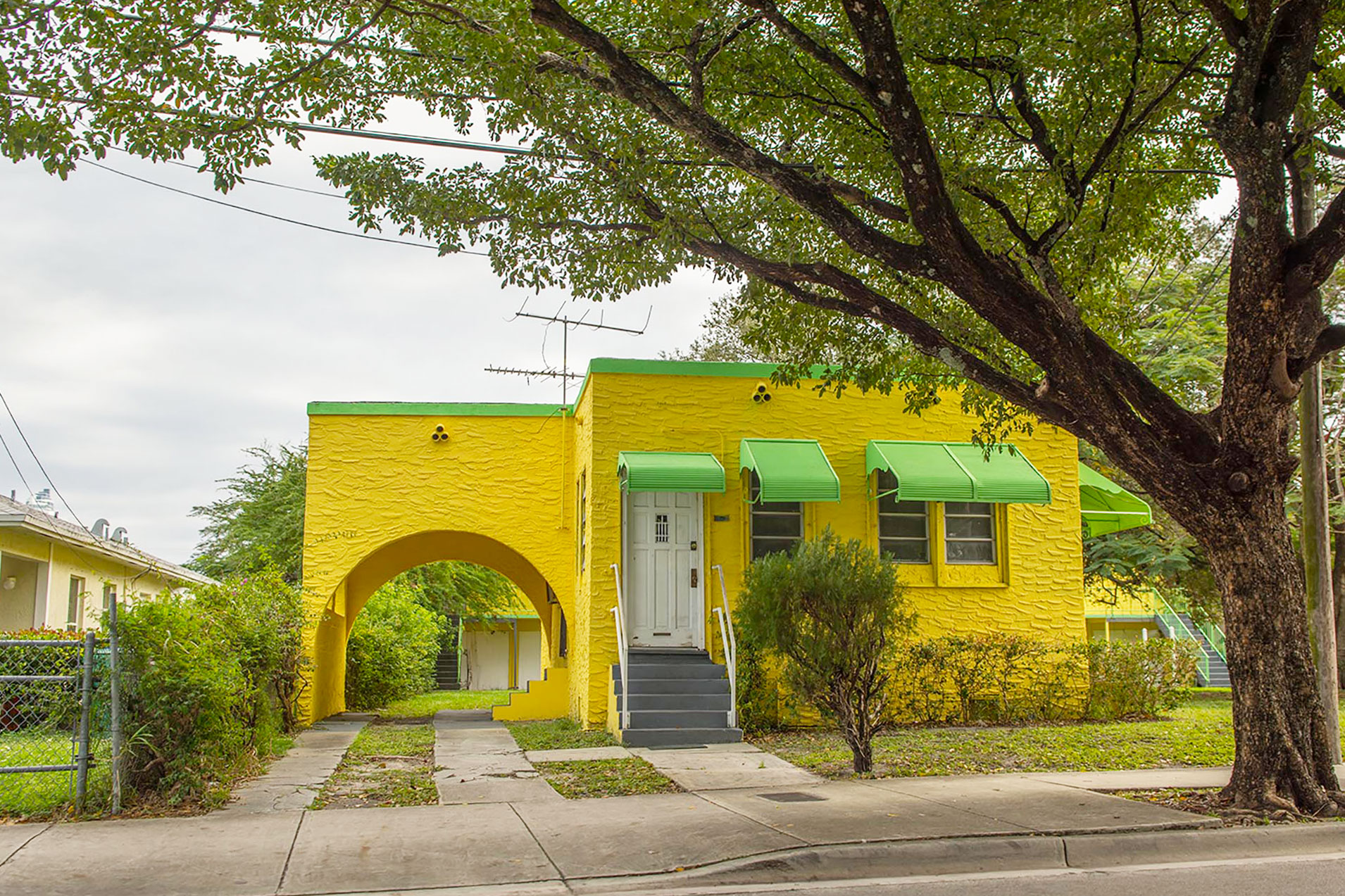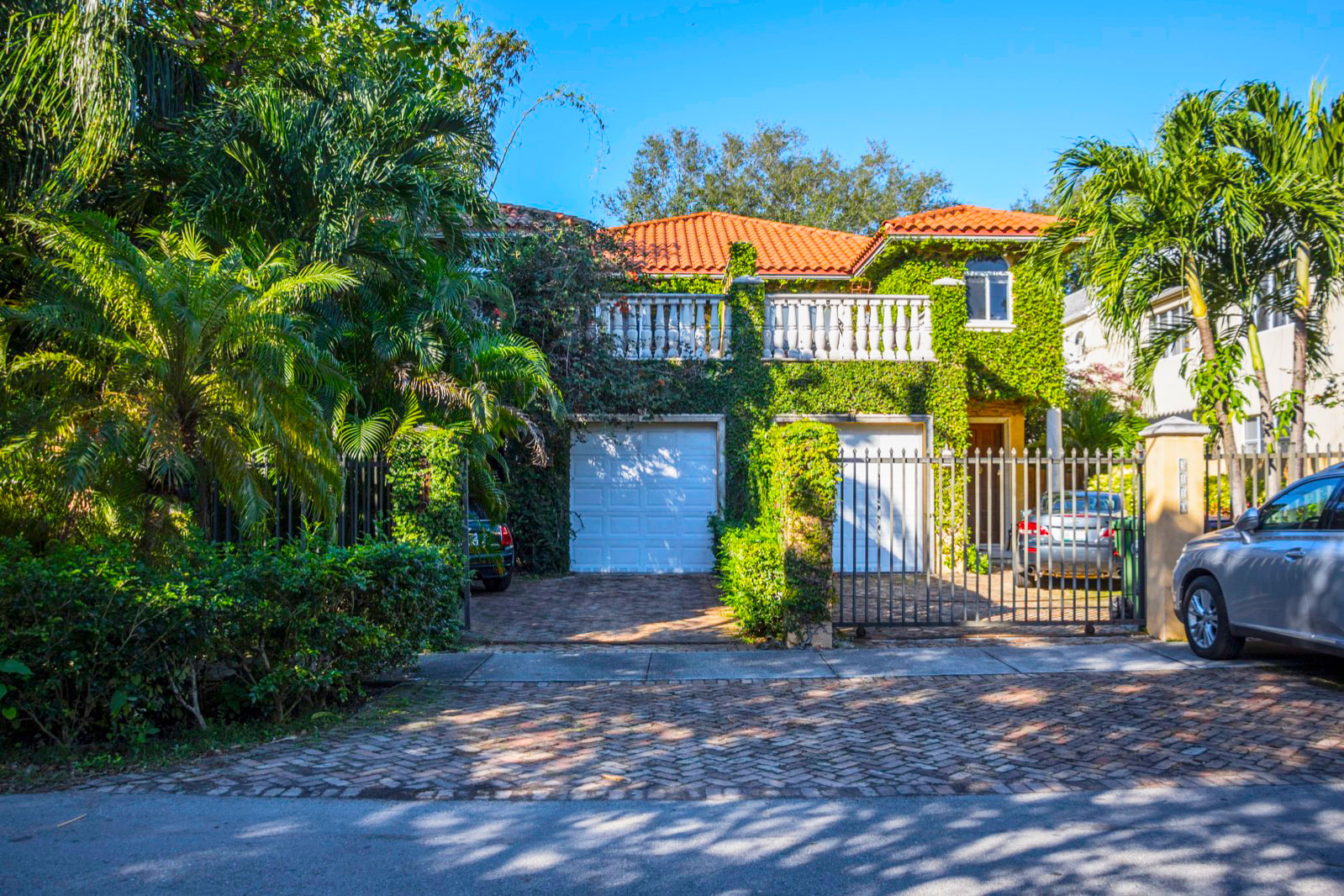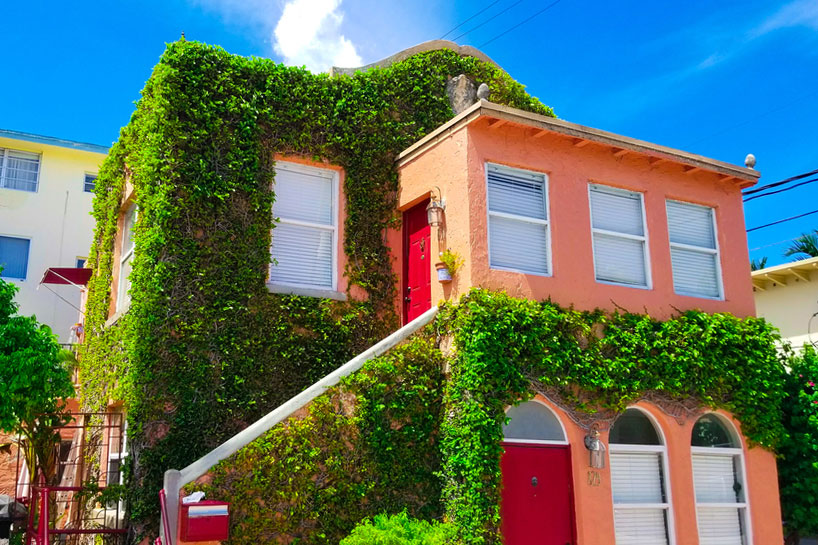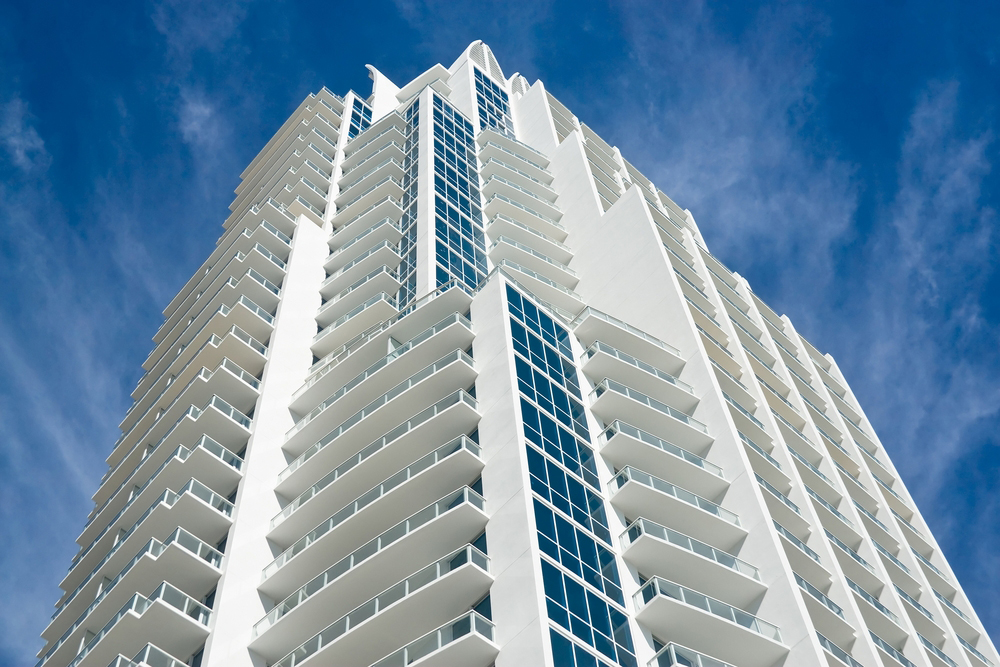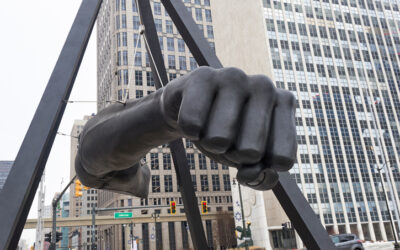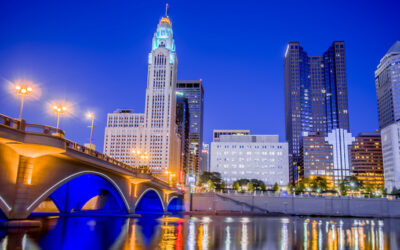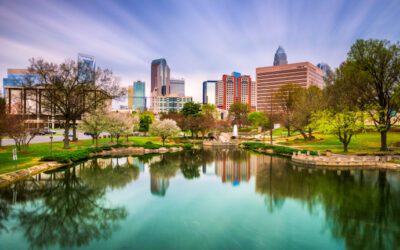Slick, high-rise condos are an integral part of the Miami landscape. But they aren’t the only type of home you’ll find in this cosmopolitan city by the sea. A new study shows it’s more affordable to buy than rent in Miami — and fortunately for South Floridians, there’s an array of options that range from historic, single-family bungalows to aforementioned luxury condos. Here are six common types of buildings Miamians (or soon-to-be Miamians) can call home:
Bungalows
Did you know many of those 1930s-era bungalows you see actually came from mail-order house plans? And we thought online shopping was revolutionary. Bungalows – modest and charming – are one of the most popular styles in neighborhoods like Little Havana. The style is common in part because of its resilience: bungalows withstand humidity, tropical storms, and even hurricanes remarkably well. That’s largely due to their meticulous construction, which features architectural details like pitched gable roofs, overhanging eaves, and a gabled front porch.
Note: The term “bungalow” is a bit of a catch-all — while bungalows are commonly associated with the Craftsman style, the Mission style outlined below is also a type of bungalow.
Mission-Style Homes
With its architecture borrowed from Spanish Mission churches, the Mission style features stucco or limestone exteriors, tiled roofs, and arches both on the façade and interior. There’s a Mission-style church in Coconut Grove (Plymouth Congregational), but it’s probably not for sale. But don’t fret: potential buyers interested in Mission-style homes within Coconut Grove as well as parts of Little Havana and a few historic holdouts in Edgewater.
Bahamian and Conch Houses
No, you’re not in Key West. But certain stretches of Coconut Grove and the Overtown area recall Hemingway’s preferred architecture. Known as Bahamian and Conch Houses, these historic homes were built from roughly the 1890s through the 1920s. Gabled roofs and weatherboard siding lend a distinctive look to these homes, which are often raised off the ground to provide air circulation.
Mediterranean Revival Builds
The Mediterranean Revival style can be hard to distinguish between historic architecture and new builds: it’s just that popular in Miami and across South Florida. That’s good news, though, for buyers seeking boldly romantic structures that incorporate elements of the Italian Renaissance, Spanish Renaissance, Spanish Colonial, and Beaux-Arts eras — not to mention the lush gardens that often accompany these structures. In Miami, smaller examples of Mediterranean Revival residential architecture appear in Little Havana and Design District, growing in size as you head to neighborhoods like Coral Gables and Miami Beach.
Art Deco Architecture
You know Miami Art Deco when you see it: glamorous, colorful, full of friezes and applied decoration. In Miami, historic Art Deco buildings are typically hotels or theaters, but some are residential, including several condos in Miami Beach. The Moderne and Depression Moderne grew out of Art Deco in the years that followed; similarly, these buildings are typically more commercial with condos available for purchase on upper floors.
Luxury Condos
Miami high-rise condos span lots of local neighborhoods: Brickell, Coral Gables, Coconut Grove, Design District, and in just about every neighborhood you look.
Pritzker Prize-winning architect Renzo Piano chose Miami for his first project in the Western Hemisphere—a luxury condo tower called Eighty Seven Park with 66 beachfront units in northern Miami Beach. There’s the similarly opulent, beachfront Ritz-Carlton and the Brickell Flatiron in Downtown.
To be sure, buyers have a multitude of choices when it comes to high-rise luxury condos and accompanying amenities, from in-house botanists to yoga and pilates studios. They’ll just need the budget to match.
Article by Sara Watson for Neighborhoods.com
